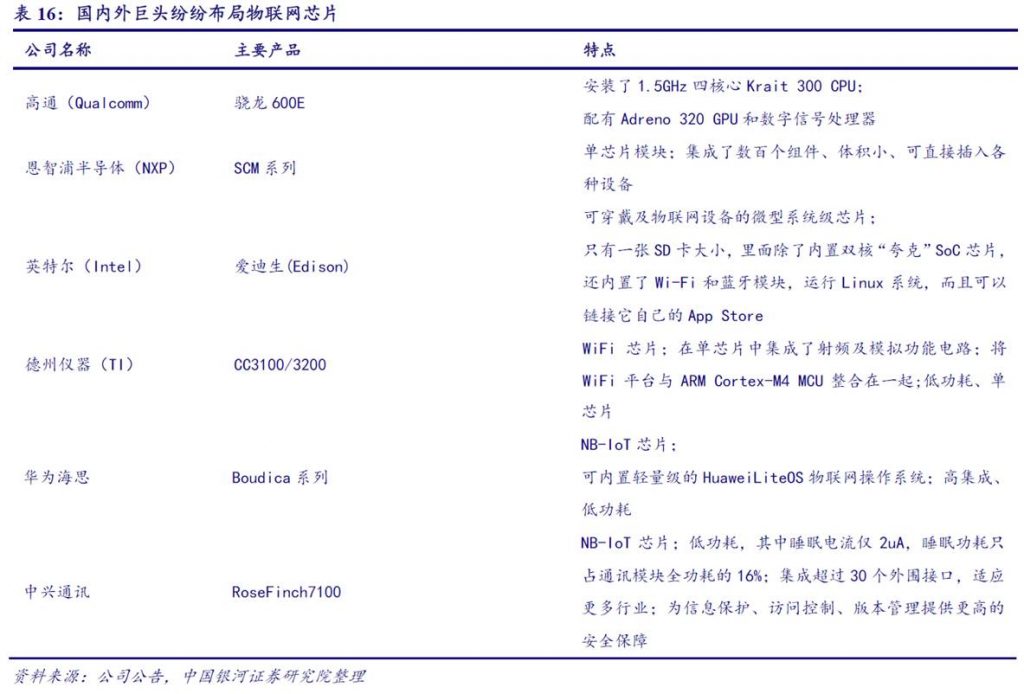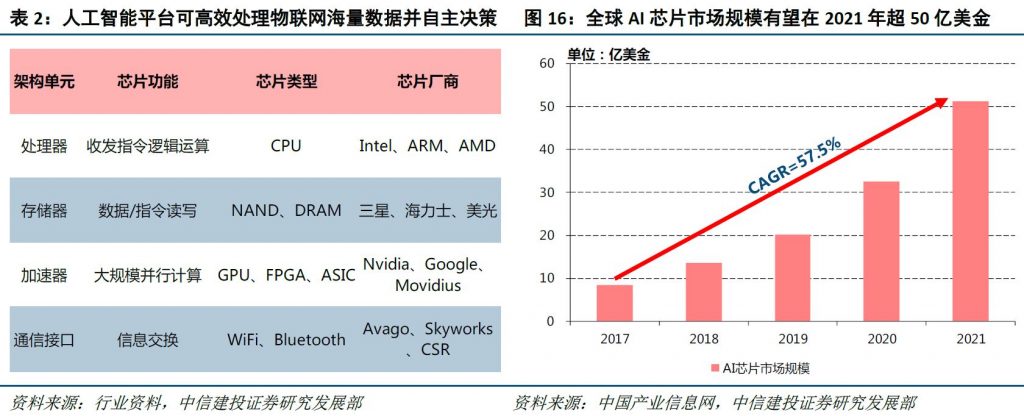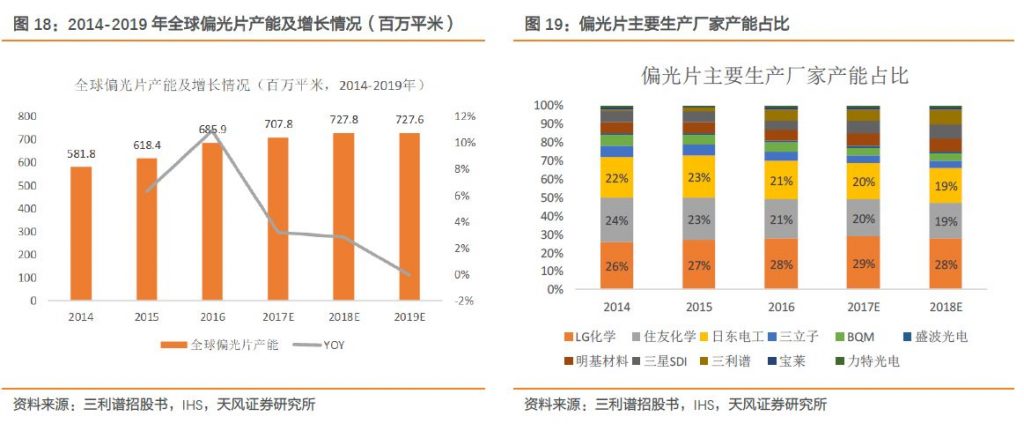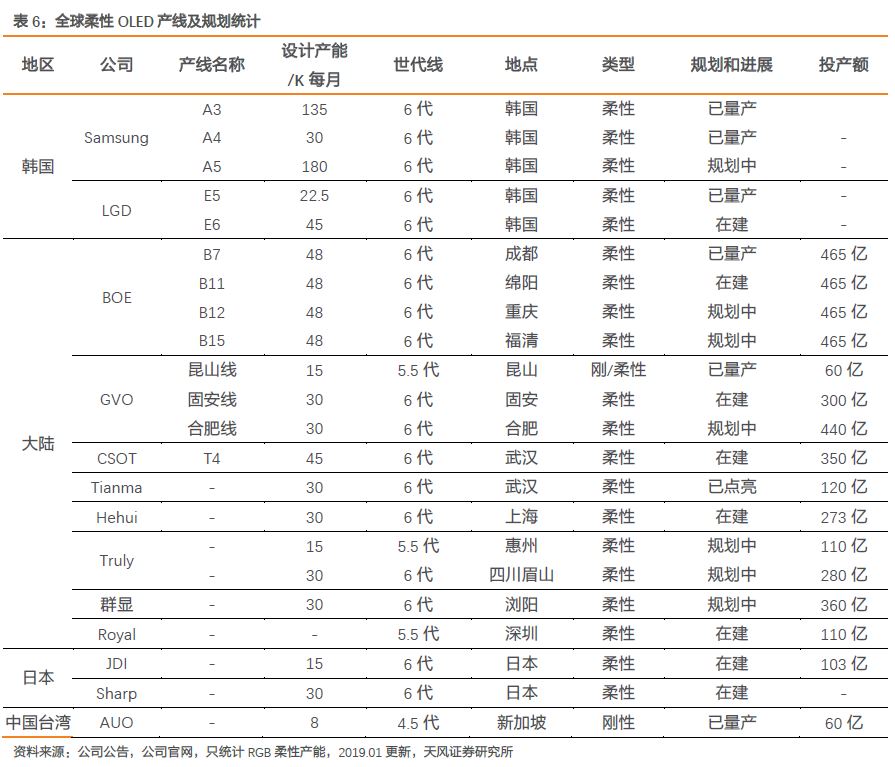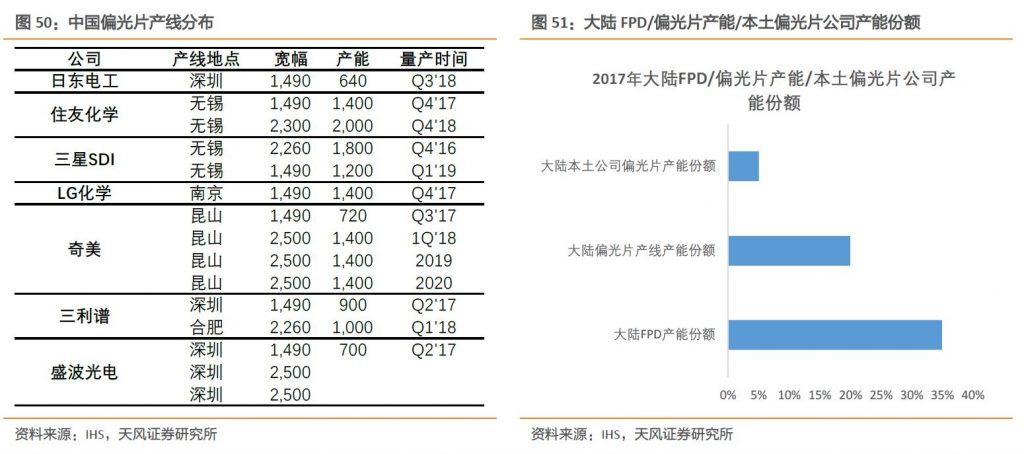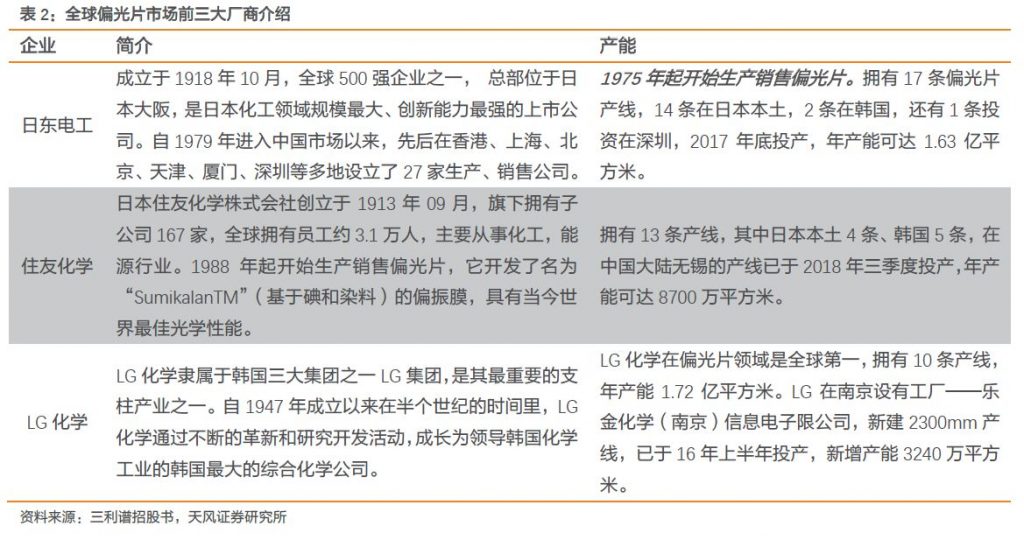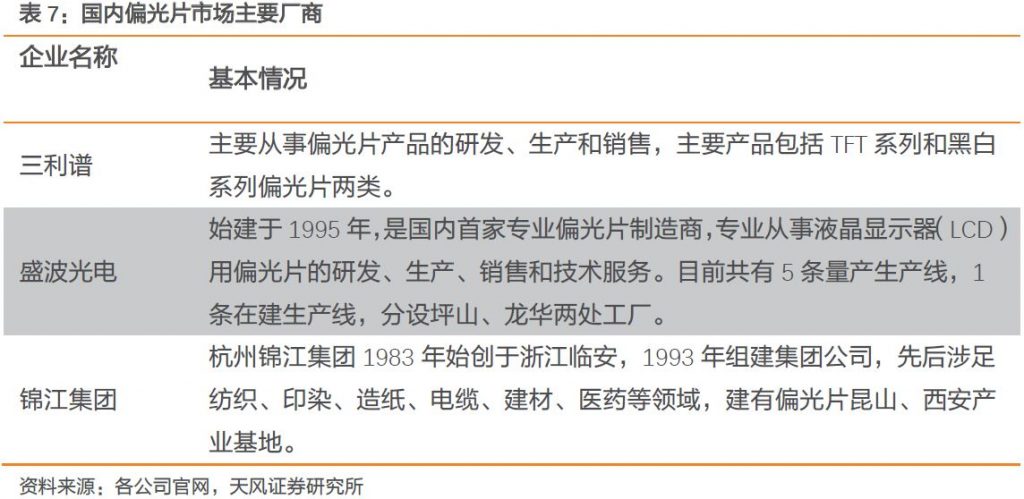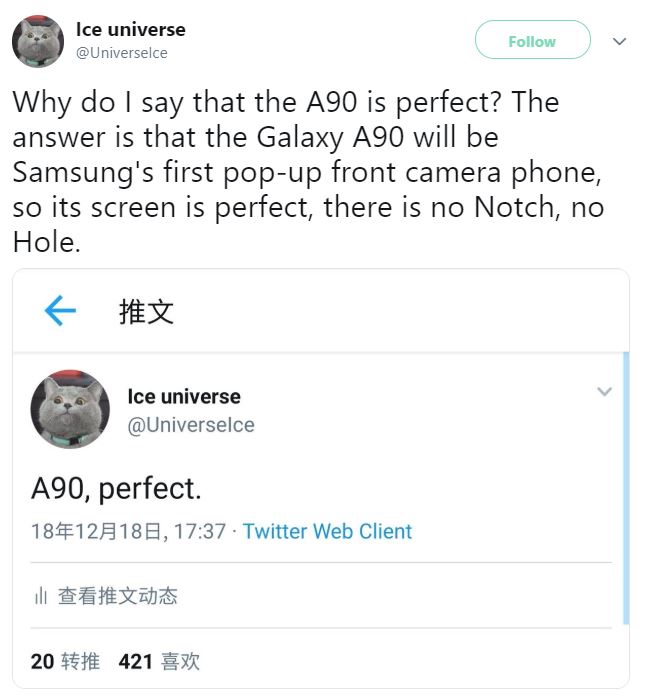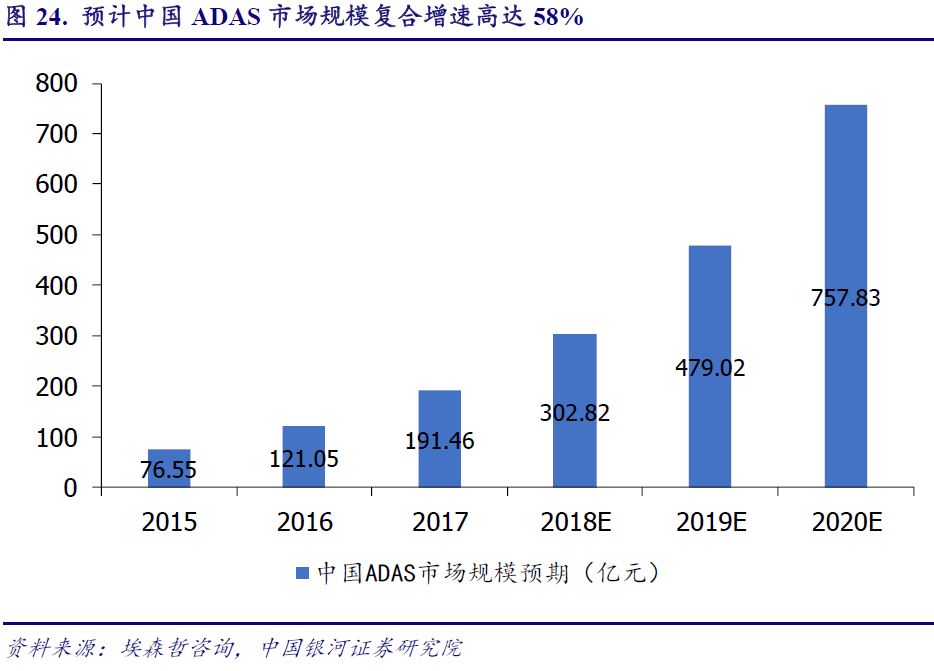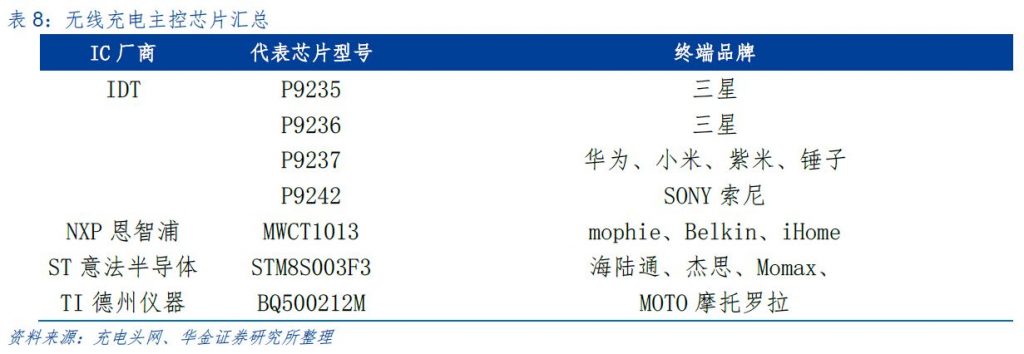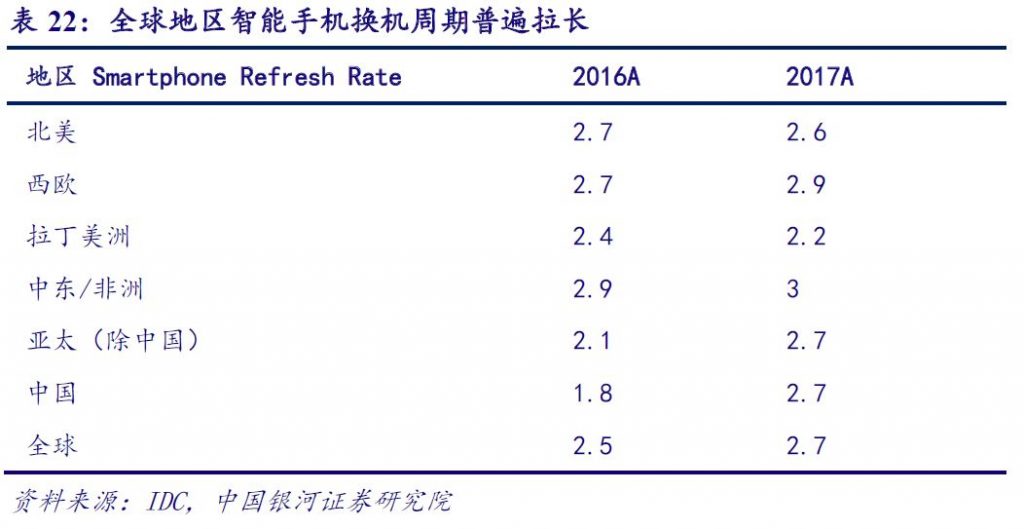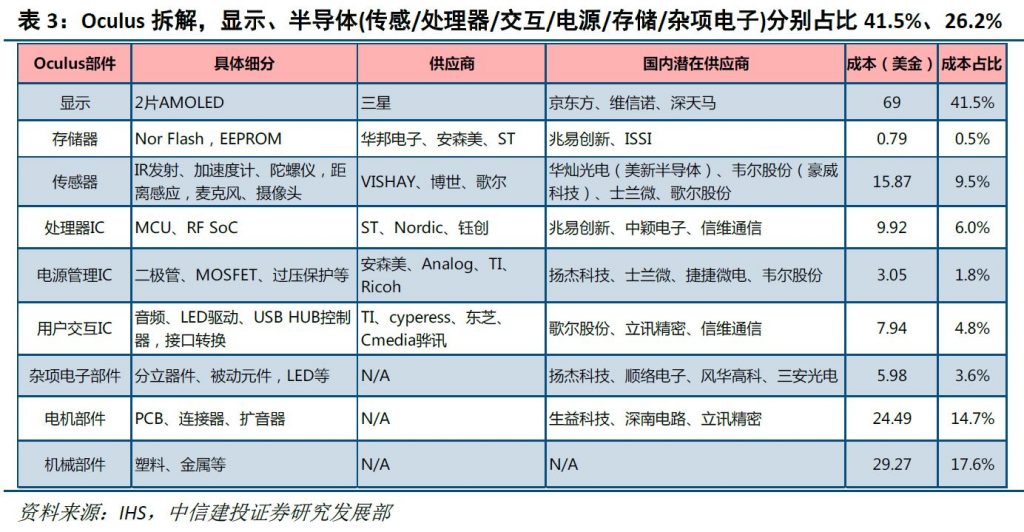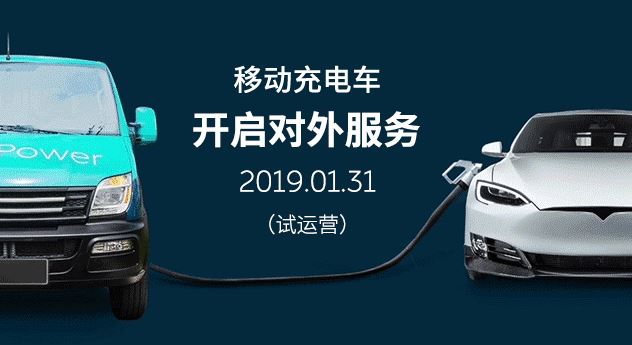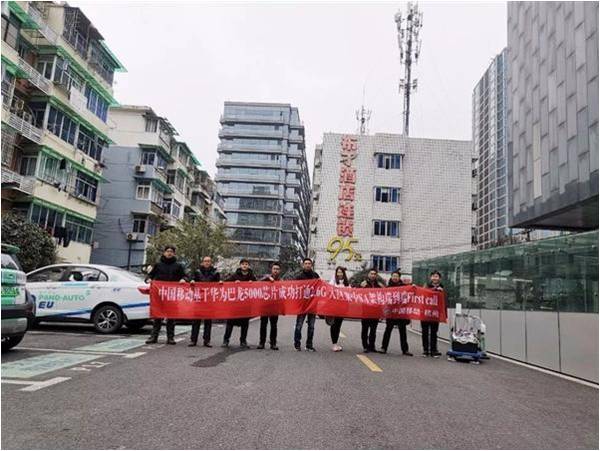
02-03: China Mobile and Huawei have jointly announced that they have successfully made the first call of 5G; Samsung Galaxy A90 is reportedly to feature a pop-up selfie camera; etc.
Chipsets
China Mobile and Huawei have jointly announced that they have successfully made the first call of 5G end-to-end under the centralized SA architecture of the industry in the first 2.6GHz band using the Huawei Balong 5000 baseband. The downlink peak exceeds 1Gbps. This test is conducted in China Mobile’s Hangzhou field, using Huawei’s 5G solution from chip to core network end-to-end. (CN Beta, Sohu)
Researchers at the University of Illinois at Urbana-Champaign and the University of California, Los Angeles, are developing a wafer-scale computer that aims to be faster and more energy efficient than contemporary counterparts. (Techspot, CN Beta, IEE Spectrum)
According to IC Insights, by 2020 the global IoT chip market will reach 31.1B, and it will become the largest chip market in the PC and mobile phone industry in the future. Presently the IoT chip market is still dominated by Qualcomm, NXP Semiconductors, Intel, and Texas Instruments. About 80% of China’s chipsets are imported. However, with the specs freeze of 3GPP R13, domestic manufacturers such as Huawei and ZTE have followed the standard to introduce commercial NB-IoT chips. (China Galaxy Securities report)
Artificial intelligence (AI) is promising in the retail, traffic logistics, automotive, high-tech fields. The AI platform can efficiently process massive data of IoT and make decisions on its own, including main interface units such as communication interface (WiFi, Bluetooth), processor (CPU), accelerator (GPU, ASIC, FPGA), memory (NAND, DRAM). Among them, the AI chip is accelerating, the corresponding market size is about USD900M in 2017, and is expected to increase to USD5.1B by 2021, with 2017-2021 CAGR expected to grow at a rapid rate of 57.5%. (China Securities report)
Touch Display
Due to the high technology threshold of polarizer technology, the global polarizer market is dominated by several major manufacturers such as LG Chem, Sumitomo Chem and Nitto Denko. However, with the continuous accumulation of technology in emerging markets, the market concentration of Japanese and Korean manufacturers has decreased. The combined market share of the top 3 manufacturers has been decreased from 72% in 2014 to 66% in 2018. (TF Securities report)
TF Securities consolidates global flexible OLED production lines and plans, in particular the number of production lines in Mainland China has exceeded Korea and Japan. (TF Securities report)
Currently, the global panel factory capacity is basically the same in the Mainland China and South Korea. According to the current expansion technology of various panel factories, it can be seen that (1) almost all LCD expansion is in the Mainland, (2) OLED expansion is almost only in South Korea and Mainland China. According to DSCC, global FPD production in 2017 accounted for 35%, 29%, and 29% for China, South Korea, and Taiwan, respectively. It is estimated that by 2022, the Mainland will account for 50%, far exceeding the 22% in South Korea and 20% in Taiwan. (TF Securities report)
Due to the continuous expansion of new capacity of panel in Mainland China, the demand for polarizers continues to increase. According to IHS, in 2017, (1) FPD production capacity in Mainland China accounted for 35% of the world, and is expected to account for about 50% in 2022; (2) In 2017, polarizer production capacity in Mainland China accounted for global share of less than 20%, (3) Local companies have a global share of about 5%. (TF Securities report)
There are 3 types of companies in the Mainland China LCD polarizer market: (1) pure foreign companies, such as Sumitomo Chem; (2) foreign companies to have production lines in Mainland China, such as LG Chem; (3) joint venture of local and foreign companies, such as Dongxu and Sumitomo Chem; and (4) pure local companies, such as Sunny Pol, Shengbo. (TF Securities report)
According to Sunny Pol, the share of the raw material owns the biggest share of the overall polarizer costs structure, which is about 73%. TAC film and PVA film are the biggest share of the raw material, which is 46% and 14%, respectively. The upstream raw materials are mainly supplied by Japan and South Korea. (TF Securities report)
Camera
Samsung Galaxy A90 is reportedly to feature a pop-up selfie camera. Samsung’s 2018 A-series spiced things up with triple and quad-camera setups so the pop-up front camera design could be the next signature move from the A lineup. (GSM Arena, Twitter, iFeng)
Sensory
China Galaxy Securities expects that the market size of the ADAS starts to grow rapidly in China. The CAGR of 2015~202 will be as high as 58%, and by 2020 it will increase to CNY75.783B. On the other hand, the car camera will be an important entry point for car network information processing in the future. According to Accenture’s forecast, although the scale of China’s car networking market in 2016 is only CNY7.7B, it will start to grow at a high speed in the next 10 years, and grow to CNY216.2B by 2025. (China Galaxy Securities report)
According to China Securities, when the amount of data on self-driving awareness and interaction is increased to 1-2 orders of magnitude, more powerful computational processing power is required. Therefore, the degree of self-driving has increased the value of automotive semiconductors, from USD150 of L2 to USD580 of L3, to USD860 of L4-L5 level, and the value of automotive semiconductors has increased nearly 6 times. (China Securities report)
Battery
Supercapacitors are a new type of capacitor with ultra-high energy storage densities. Supercapacitors can store large amounts of energy by storing opposite charges on two isolated plates. Unlike conventional capacitors, supercapacitors no longer use solid-state dielectrics, but instead using electrostatic double-layer capacitors and electrochemical tantalum capacitors. The electrostatic double-layer capacitor uses a carbon material electrode to achieve charge separation on the Helmholtz bilayer interface of the conductive electrode and the electrolyte. This charge separation is spatially on the order of angstroms (0.3 nm to 0.8 nm), much smaller than traditional capacitor. (CN Beta, China Science Communication)
The power chip mainly includes a transmitting end (Tx) and a receiving end (Rx). The Tx inputs comply of different radio signals (Qi, PMA, A4WP specified different frequency bands) of a specific frequency band, and Rx converts the wireless signal into electric energy for charging. In recent years, Tx chips and Rx chips are developing toward high integration, high charging efficiency and low power consumption, mainly Qualcomm, Broadcom, Texas Instruments (TI), Integrated Device Technology (IDT), NXP and MediaTek are involved. (Huajin Securities report)
Phone
According China Galaxy Securities, the global smartphone replacement cycle is increased from 2.5 years to 2.7 years in 2017, with the most recent change in the Asia Pacific region. The smartphone replacement cycle in China has increased significantly from 1.8 years to 2.7 years, which is the same as the global average of 2.7 years. After the rapid development of China’s smart phone market, the penetration dividend has gradually disappeared, and the level of shipments has gradually flattened. Shipments depend on the replacement needs brought by mobile phone technology innovation. (China Galaxy Securities report)
Spotify is currently in talks to acquire podcasting giant Gimlet Media for over USD200M. If Spotify manages to finalize the acquisition, it will be the first time it has purchased another company. (Engadget, WSJ, Recode, Sina, Sohu)
Augmented / Virtual Reality
According to the teardown of Oculus VR HMD, the display mainly uses 2 AMOLED, the total cost is about USD69, accounting for 41.5% of the total BOM cost, and the main supplier is Samsung; the sensor cost is USD15.9, accounting for 9.5%; processor cost is USD9.92, accounting for 6%. Among them, the total costs of semiconductor parts account for about 26.2% of the total BOM cost of Oculus hardware. (China Securities report)
Automotive
San Francisco-based Neutron Holdings, parent of Lime, is seeking a USD400M funding round, almost as much as its three previous funding rounds combined. The scooter, electric-bike and LimePod car-sharing company is also looking to pump up its valuation to USD2B in this pending round, nearly double the USD1.1B valuation it scored when it raised its $335 million Series C round in Jul 2018. (CN Beta, WSJ, SF Business Times)
NIO has launched the NIO Power mobile charging car service aiming to provide power to the electric vehicles. It can power for 10 minutes and lasts 100 kilometers. Wei NIO has announced that NIO Power will open the charging service for the first time. (CN Beta, IT Home)
